Watermelon, with its crisp texture and refreshing sweetness, is a beloved fruit enjoyed around the world. While many countries cultivate this summertime staple, one country stands out as the world’s top producer, contributing massively to the global supply and setting the pace for innovation, research, and export in the watermelon industry. In this article, we’ll explore which country is the most famous for producing watermelons, why it dominates, and how its watermelon industry impacts both the global market and local economies.
The Global Popularity of Watermelons
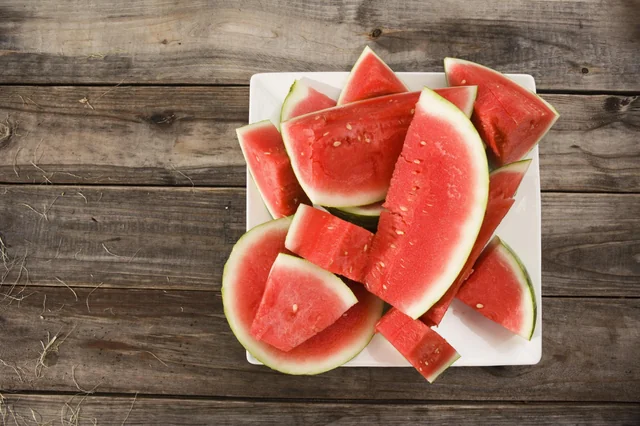
Watermelons (Citrullus lanatus) are among the most cultivated fruits worldwide. With over 1000 varieties grown globally, this fruit thrives in warm climates and has become a key agricultural commodity. From summer picnics to high-end fruit platters, watermelons are valued for their hydrating properties, low calorie content, and high levels of vitamins A and C.
Globally, watermelon production exceeds 100 million metric tons annually. However, just a handful of countries contribute significantly to this staggering volume. Among them, one nation leads the pack by a wide margin.
China: The Undisputed Leader in Watermelon Production
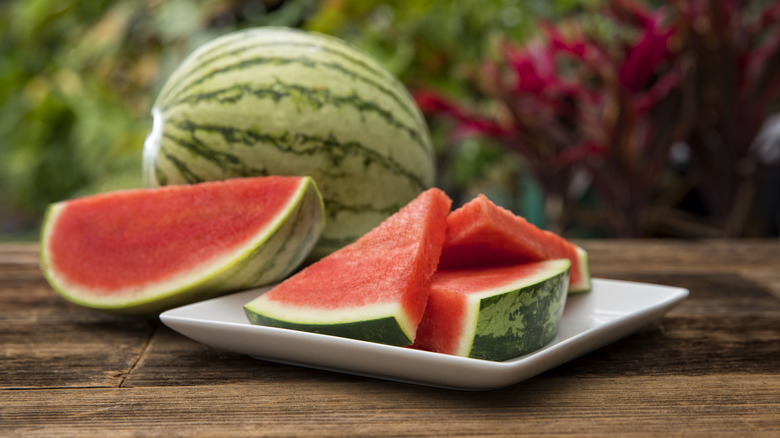
China is the most famous and largest producer of watermelons in the world. It has held this title for decades and accounts for over 60% of the total global watermelon production, according to data from the Food and Agriculture Organization (FAO) of the United Nations.
Why China Leads the World
Several factors contribute to China’s dominance in watermelon production:
1. Vast Agricultural Land
China boasts a large area of arable land suited for fruit cultivation. Watermelons are grown in virtually every province, with particularly high concentrations in regions like:
- Xinjiang
- Hebei
- Henan
- Shandong
- Guangxi
The ability to cultivate across a variety of climates and landscapes allows China to produce year-round harvests.
2. Generational Farming Expertise
Watermelon farming in China is deeply embedded in rural agricultural traditions. Many family-run farms have honed techniques for improving yield, disease resistance, and sugar content over multiple generations.
3. Government Support and Innovation
China invests significantly in agricultural research. Universities and government agricultural programs collaborate to develop:
- High-yield watermelon hybrids
- Disease-resistant cultivars
- Controlled environment farming techniques
This has helped China maintain high productivity despite climatic or pest challenges.
4. Massive Domestic Consumption
China is not only the largest producer but also one of the biggest consumers of watermelon. It is a staple fruit in Chinese households, particularly during summer festivals and holidays. This massive internal demand drives consistent production and innovation.
Production Statistics
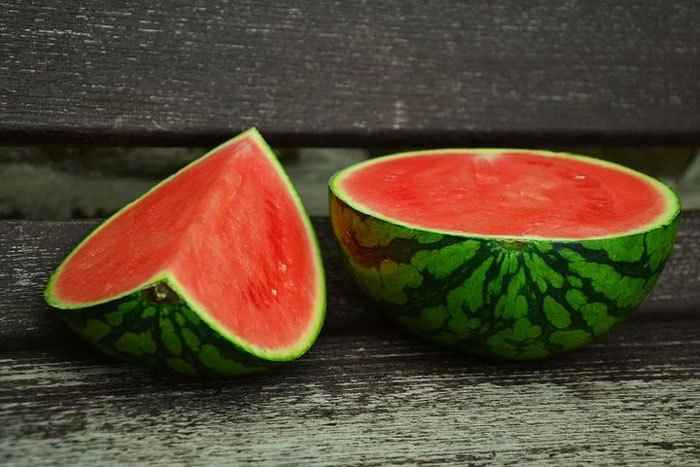
According to recent FAO reports:
- China produces over 60 million metric tons of watermelon annually.
- This is over 10 times the amount produced by the second-largest producer.
- China exports a modest portion of its watermelon, primarily to neighboring countries like Hong Kong, Vietnam, and Russia.
Other Major Watermelon Producers
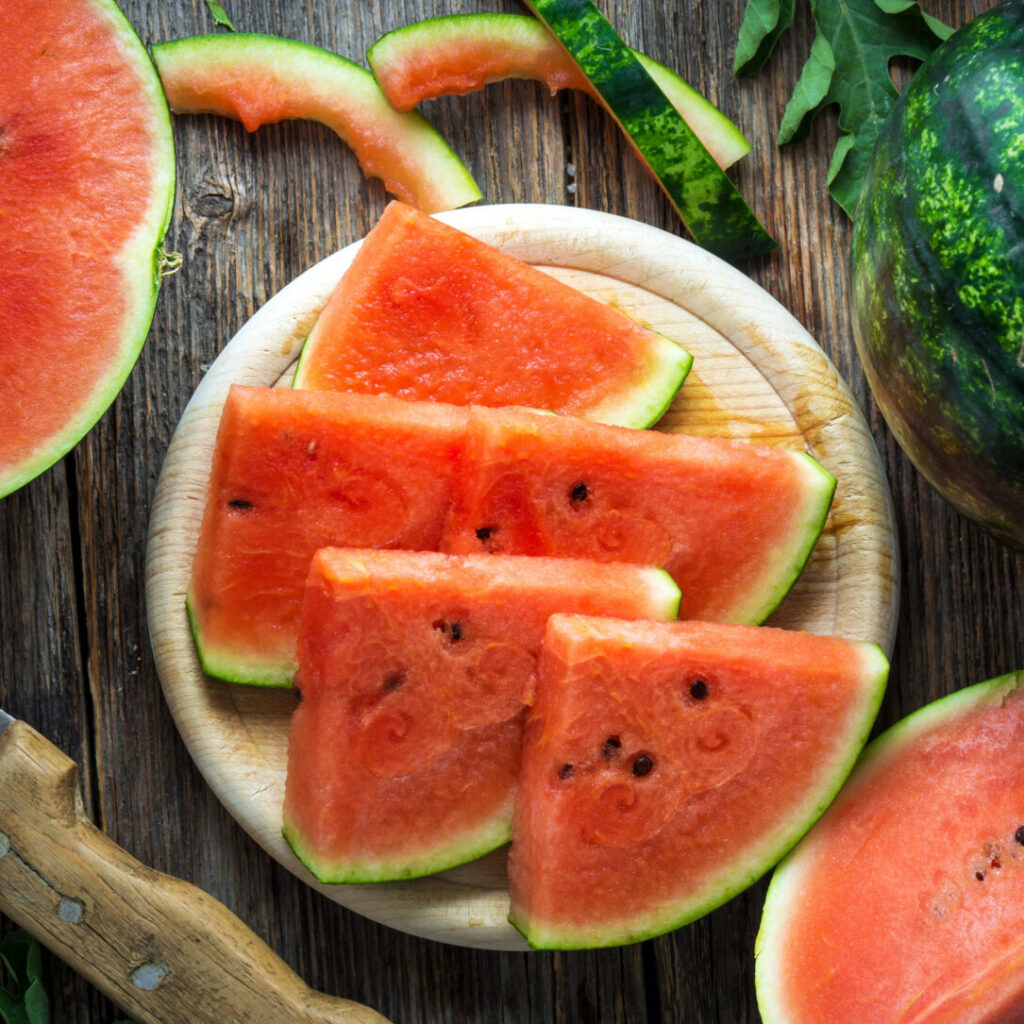
While China remains at the top, several other countries also play important roles in the global watermelon supply:
1. Turkey
Turkey is consistently among the top five producers. Its warm Mediterranean climate supports large-scale cultivation, particularly in the regions of Adana and Antalya.
2. India
India has rapidly increased its watermelon production in recent years, particularly in states like Maharashtra, Karnataka, and Andhra Pradesh. Domestic demand continues to rise as watermelon becomes a popular street food and healthy snack.
3. Brazil
Brazil is the leading producer in South America. Watermelon is grown primarily in the northeast and central regions and is an important fruit crop for small farmers.
4. Iran
Iran’s hot, arid climate makes it ideal for watermelon cultivation. The country not only produces for domestic consumption but also exports to neighboring regions.
5. United States
The U.S. is a top producer and consumer of watermelons, with major growing regions in Florida, Georgia, Texas, and California. While not in the same league as China in terms of quantity, American watermelons are known for their quality and are often exported to Canada and other markets.
China’s Cultural Connection to Watermelons
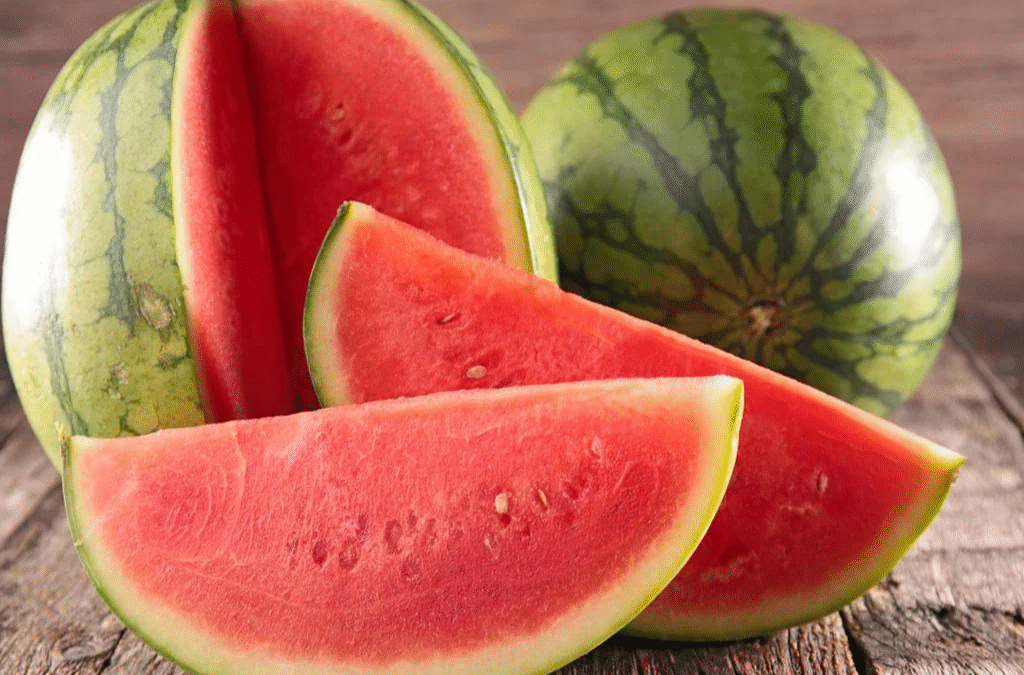
In China, watermelon isn’t just a fruit—it holds cultural significance.
- It is often eaten during the Dragon Boat Festival and Mid-Autumn Festival.
- In rural China, serving watermelon to guests is considered a symbol of hospitality and abundance.
- Red watermelon flesh, associated with luck and joy, is often presented during festive occasions.
Economic Impact of Watermelon Production in China
The watermelon industry supports millions of livelihoods across China, especially in rural areas. Key economic contributions include:
- Job Creation in farming, harvesting, packaging, and transportation.
- Export Revenue from premium watermelon varieties.
- Local Development driven by agribusiness and fruit market hubs.
In some regions, watermelon festivals and agritourism have also boosted rural economies.
Challenges and Sustainability
Despite its dominance, China’s watermelon industry faces several challenges:
- Climate Change: Rising temperatures and changing rainfall patterns can impact yields.
- Soil Degradation: Intensive monoculture farming can deplete nutrients.
- Water Usage: Watermelons require significant irrigation, which stresses regional water supplies.
To combat these issues, China is adopting:
- Drip irrigation systems
- Crop rotation practices
- Organic farming techniques
These sustainable methods help maintain yield while reducing environmental impact.
What This Means for the Global Market
China’s supremacy in watermelon production affects:
- Global pricing and availability, especially in Asia.
- Innovation trends, as hybrid varieties developed in China are often exported or used as templates globally.
- Trade policies, with countries tailoring import/export strategies based on Chinese supply trends.
Final Thoughts
China’s dominance in the watermelon industry is unmatched. Through a combination of tradition, technology, climate, and government support, the country has built a powerhouse of fruit production. While many other countries contribute significantly, none rival China in terms of volume, cultural connection, and economic reliance on this sweet, juicy fruit.
As global demand for healthy, hydrating fruits like watermelon continues to grow, China’s role in feeding the world’s craving shows no sign of slowing down.

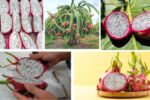

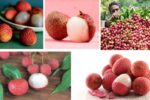
Leave A Comment